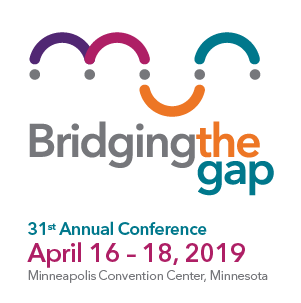The Friendship Gap and the Jazz Solution: Achieving Integration Through Shared Experience in a Flexible Environment
20-minute Spotlight Sessions
Day 2
Session Code: SpotlightWhen: April 17, 2019
Level: Intermediate
Track: D&I Strategy
Presenter: Dr. Naomi Ono, Synapse Minnesota LLC
Description
Diversity and inclusion have never been problems for our company, Synapse Minnesota LLC. At our very first event, close to half of the attendees were people of color, which far outstrips the ratio in Minnesota, where people of color are 19% of the population. Our challenge is to forge these people into a community and build friendships between them. The big problem we address is the friendship gap, a widespread disruption in our society that is reflected in every sector, the workplace, education, government, etc.
The friendship gap refers to the basic segmentation of different races based on an analysis of their social networks. According to a 2014 study by PRRI (Public Religion Research Institute), the average white person knows only one black person. The average black person knows eight whites, but no Asians. Further, 82% of whites in the Midwest have no people of color in their social network at all. And 65% of blacks only have black friends.
Our solution is a combination of socialization and cogitation. We conduct events where people can get to know each other while discussing possible solutions for problems that face our region. We have had parties, lectures, panel discussions and think tank sessions. The important thing about our events is that they have jazz-style collaborative structures versus classical orchestra-style hierarchies.
In jazz, the players improvise, listen to each other, are responsive, and any type of musician or instrument can fit in (inclusive); in a classical orchestra, the director dictates the action, players can only play written notes, and there is no place for different players or instruments. Our contention is that the jazz style is the most conducive to forming an engaged social group. Further, we believe that the more a workplace becomes jazz-like, the greater your odds of engaging and retaining professionals of color, and retaining more white workers as well.
Learning Outcomes
- Summarize the key points of the friendship gap
- Compare the structures of the orchestral model versus the jazz model
- Develop strategies to engage diverse employees in the workplace
Webinar Video
Sponsor



